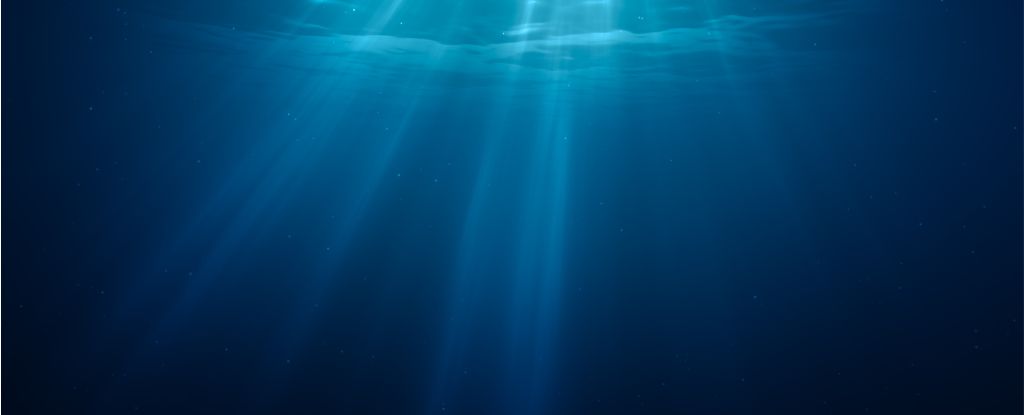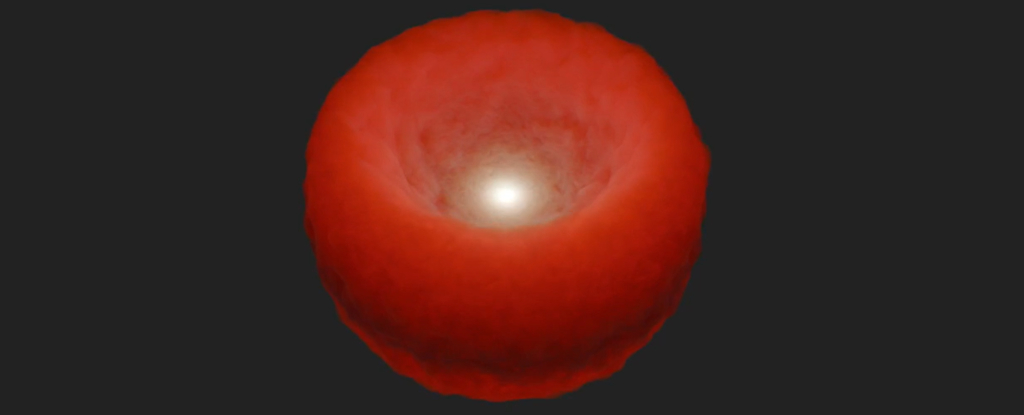The sun enlivens our planet with its rays, and yet some fascinating life forms do not need light to live.
Instead of using photosynthesis to store energy in their chemical bonds, some microbes rely solely on the oxidation of inorganic molecules like hydrogen to do the trick.
Chemosynthesis as it is known was speculated as a potential energy source for microbes in the 19th century, although it was not confirmed until ecosystems surrounding deep-sea hydrothermal vents were discovered in the 1970s.
Since then, the generation of energy from the oxidation of inorganic compounds has been considered rare and limited to extreme habitats.
However, new research from the sea suggests that this survival strategy is indeed abundant from pole to pole.
As sunlight fades into darkness, a team led by researchers from Monash University in Australia has found evidence that chemosynthesis is becoming the primary way of life for invisible marine microbes.
“Hydrogen and carbon monoxide actually ‘fed’ microbes in every region we studied: from urban bays to tropical islands to hundreds of meters below the surface.” says Monash University microbiologist Chris Greening.
“Some are even found beneath the ice shelves of Antarctica.”
Unlike sunlight, molecular hydrogen is a convenient source of energy, present in at least trace amounts over a great diversity of ecosystemsfrom the atmosphere to the surface and even below.
In previous studiesGreening and his colleagues have shown that in many soils around the world, bacterial cultures capable of consuming hydrogen are “abundant, diverse and active” — in many ways the basis of the entire food chain.
Now he and some of the same researchers have shown that the same is true in the deep sea.
Their study is the first to look at whether bacteria in the open ocean can use hydrogen as a fuel. Results are based on 14 seawater samples collected from the Atlantic, Indian, Pacific and Southern Oceans.
In all but one of these samples, the team discovered microbes that had the genetic machinery required for both chemosynthesis using hydrogen and photosynthesis.
Based on the activity of microbes in the laboratory, models suggest that their rate of chemosynthesis is sufficient to sustain community growth and survival.
Hydrogen, the authors conclude, must be an important source of energy for bacteria in seawater, particularly those living in the deepest, darkest depths.
The oxidation of hydrogen is useful when sunlight is not readily available, but it is not without cost. It requires an investment of iron in a context where iron is already a precious commodity. This means that marine bacteria are unlikely to use hydrogen as fuel unless absolutely necessary.
At the sea surface, microbes are probably far more valuable in relying on sunlight. In the dark, however, a switch could be flipped. Iron is more readily available closer to the sea floor while sunlight becomes scarce.
Marine bacteria that can switch between chemosynthesis and photosynthesis would likely have a major competitive advantage populating all different levels of the ocean habitat.
That’s probably why these flexible life forms are so plentiful to this day.
“The first life probably arose in deep-sea vents that used hydrogen as an energy source, not sunlight.” speculated greening.
“It’s incredible that 3.7 billion years later, so many microbes in the oceans are still using this high-energy gas, and we’ve completely missed it until now.”
The study was published in natural microbiology.





